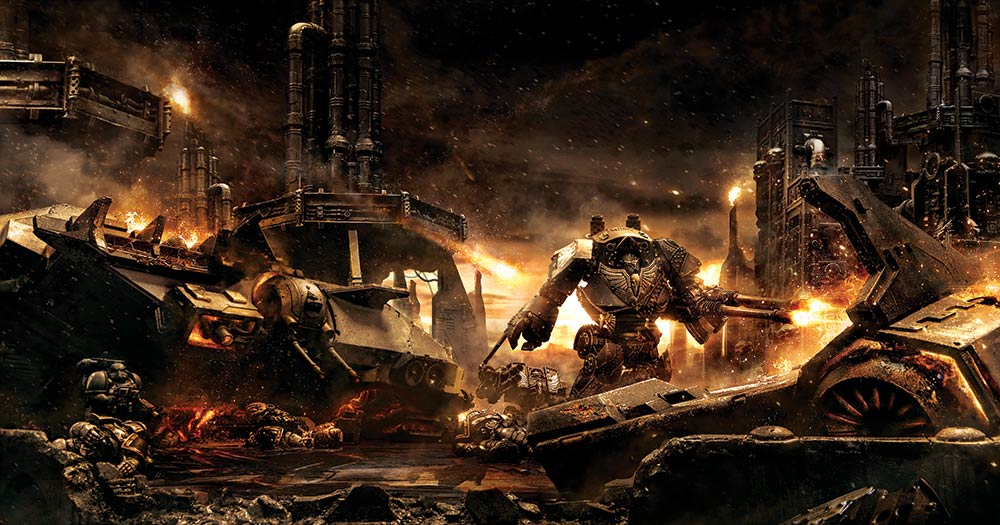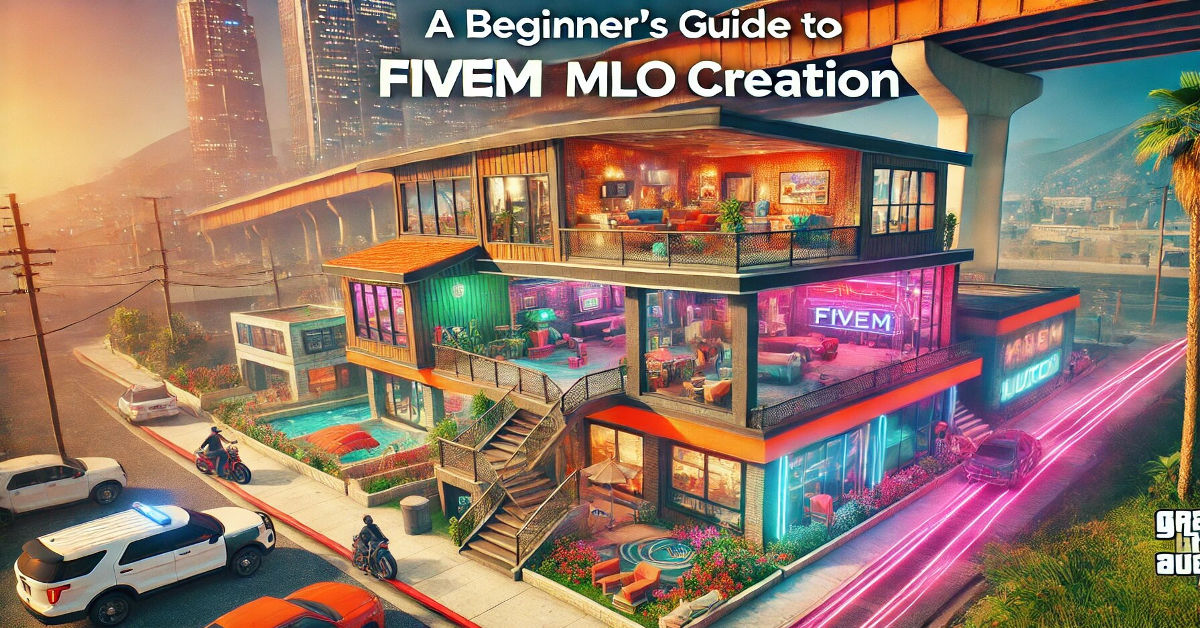In the vast and grim universe of Warhammer 40k, where empires clash and unimaginable horrors lurk in the shadows, the importance of technology and industry cannot be overstated. Amidst the darkness and chaos, Forge Worlds stand as bastions of industrial might and technological prowess. These planets, entirely devoted to the production of war machines and other advanced technologies, play a pivotal role in shaping the fate of the 41st millennium. In this article, we delve into the intricacies of Forge Worlds, exploring their significance, history, and impact on the tabletop miniature wargame.
The Genesis of Forge Worlds
The concept of Forge Worlds in the Warhammer 40,000 lore traces its roots to the Imperium of Man, a galaxy-spanning empire besieged by constant threats from alien races, heretics, and demonic entities. Recognizing the need for a centralized and specialized approach to technological production, the Imperium established Forge Worlds. These planets, often volcanic and industrialized landscapes, became hubs for manufacturing war machines, weaponry, and other advanced equipment crucial for the survival of humanity.
Each Forge World operates under the control of the Adeptus Mechanicus, a religious and technologically adept organization that worships the Machine God. The Adeptus Mechanicus, with its unique blend of religious fervor and technical expertise, ensures the efficient functioning of the Forge Worlds.
Forging the Future
The primary purpose of Forge Worlds is to supply the vast Imperial war machine with the tools of destruction necessary to combat myriad threats. Titans, colossal war machines standing hundreds of feet tall, are among the most iconic creations of Forge Worlds. These walking behemoths are equipped with devastating weaponry and serve as symbols of the Imperium’s might.
In addition to Titans, Forge Worlds produce a wide array of vehicles, weapons, and armor for the Imperial Guard, Space Marines, and other factions within the Imperium. From heavily armored tanks to advanced cybernetic implants, the technological output of Forge Worlds is diverse and indispensable.
Aesthetic Variations
One of the fascinating aspects of Forge Worlds in the Warhammer 40,000 universe is the aesthetic variation among them. Each Forge World has its unique visual identity, influenced by factors such as the local environment, available resources, and the specific technologies mastered by its tech-priests.
For example, the Forge World of Mars, the spiritual heart of the Adeptus Mechanicus, is characterized by its red Martian soil and sprawling manufactorums. The architecture of Mars reflects a blend of gothic elements and high-tech machinery, creating an awe-inspiring visual spectacle. On the other hand, the Forge World of Graia, situated on a desert world, features sandy landscapes and structures adapted to withstand the harsh environmental conditions.
Strategic Importance
Beyond their role in manufacturing, Forge Worlds hold immense strategic importance in the ongoing conflicts of the 41st millennium. The control of a Forge World can tip the balance of power in favor of the faction that holds it. As such, these planets are often the focal points of intense battles, with armies vying for control of the technological treasures within.
The Mechanicus sees Forge Worlds as sacred domains, and the loss of one to the enemy is considered a grave affront to the Machine God. This perspective adds a layer of religious zeal to the defense and reclamation efforts, making the battles around Forge Worlds not just strategic but also deeply symbolic.
In-Game Representation
The significance of Forge Worlds extends beyond the rich lore of Warhammer 40,000 to the tabletop gaming experience. Players can field armies representing the Adeptus Mechanicus or other Imperial factions heavily influenced by the technological might of these planets. The miniatures associated with Forge Worlds often showcase the unique aesthetic elements mentioned earlier, allowing players to bring the distinctive atmosphere of these planets to their tabletop battles.
Furthermore, Forge Worlds introduce strategic considerations in gameplay. Players must decide how to utilize the technological advantages offered by their chosen Forge World, affecting the composition and capabilities of their armies. This adds an extra layer of depth to the gaming experience, encouraging players to explore different Forge World options and adapt their strategies accordingly.
Challenges and Adversaries
Despite their formidable power, Forge Worlds are not immune to challenges. The grim reality of the Warhammer 40,000 universe ensures that these planets face constant threats from external forces. Xenos races, Chaos incursions, and internal strife can all jeopardize the operations of a Forge World.
Moreover, the insular nature of the Adeptus Mechanicus sometimes leads to conflicts within the Imperium itself. The secretive tech-priests of the Mechanicus guard their knowledge zealously, and disputes over technology and doctrine are not uncommon. Such internal struggles can further complicate the defense and management of Forge Worlds.
Conclusion
Forge World’s stand as monuments to the ingenuity and resilience of humanity in the face of overwhelming darkness. These planets, dedicated to the ceaseless pursuit of technological advancement, embody the desperate struggle for survival in the grim darkness of the far future.
Whether experienced through the rich lore of Warhammer 40,000 or manifested on the tabletop battlefield, Forge World’s leave an indelible mark on the imagination of enthusiasts. As players engage in epic battles and narratives unfold, the importance of these industrial titans becomes ever more apparent, shaping the destiny of the Imperium and its eternal war for survival.





